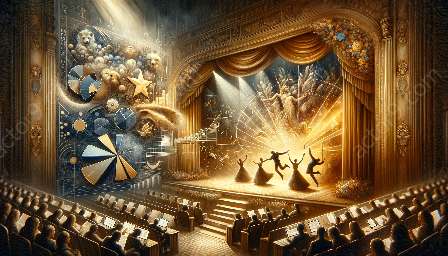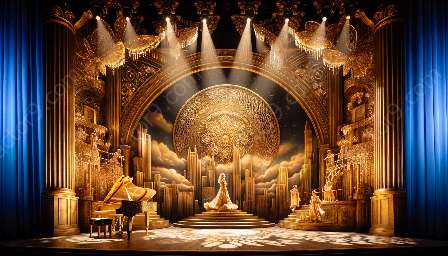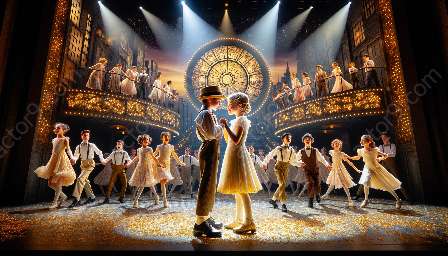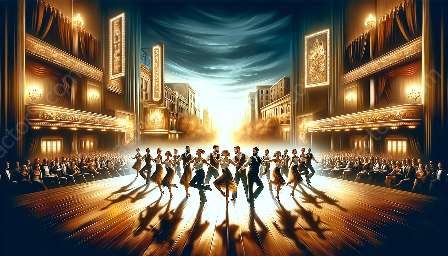Revivals play a crucial role in the rich history of Broadway and musical theater, offering the opportunity to reinterpret classic productions for modern audiences. The success of revivals depends on various factors, from artistic vision and casting to marketing strategies and audience reception. By understanding the determinants of successful revivals, we can appreciate their impact on the Broadway landscape and the enduring appeal of timeless stories.
Artistic Vision and Interpretation
The artistic vision behind a revival is paramount to its success. Directors and creative teams must carefully balance honoring the original production while infusing fresh perspectives and innovative interpretations. This requires a deep understanding of the historical context and cultural relevance of the show, allowing for meaningful updates that resonate with contemporary audiences.
Casting and Performance
The casting of a revival can significantly influence its reception. Talented and well-suited actors bring new life to iconic characters, capturing the essence of the original performances while bringing their unique flair to the roles. The chemistry among the cast members and their ability to connect with the material can elevate the revival to a memorable and impactful experience.
Marketing and Promotion
Effective marketing and promotion are essential in attracting audiences to revivals. The integration of digital media, targeted advertising, and engaging promotional events can generate excitement and awareness around the production. Highlighting the revival's unique selling points and leveraging the nostalgia associated with the original show can entice both loyal fans and newcomers to experience the reimagined classic.
Audience Engagement and Reception
The reception of a revival ultimately hinges on audience engagement. Producers and creative teams must gauge the expectations and preferences of theatergoers, striving to deliver a compelling and resonant production that strikes a chord with diverse audiences. The ability to evoke nostalgia while offering a fresh perspective is central to cultivating positive reception and sustaining the legacy of the original work.
Innovation and Adaptation
Successful revivals often incorporate innovative approaches and adaptations to enhance the original material. Whether through advanced stagecraft, reimagined choreography, or updated musical arrangements, the infusion of contemporary elements can breathe new life into timeless productions, appealing to both traditionalists and contemporary theater enthusiasts.
Historical Significance and Context
Understanding the historical significance and context of the original production is crucial in guiding the revival's success. By delving into the socio-political backdrop and cultural milieu in which the show first premiered, creative teams can navigate sensitive themes and narratives with care and relevance, ensuring that the revival resonates authentically with modern audiences.
By examining these critical factors that determine the success of revivals in Broadway show history, we gain a deeper appreciation for the artistry, innovation, and engagement that contribute to the enduring legacy of musical theater revivals. The convergence of tradition and modernity in revivals underscores their significance in shaping the evolution of Broadway and preserving timeless narratives for generations to come.



































